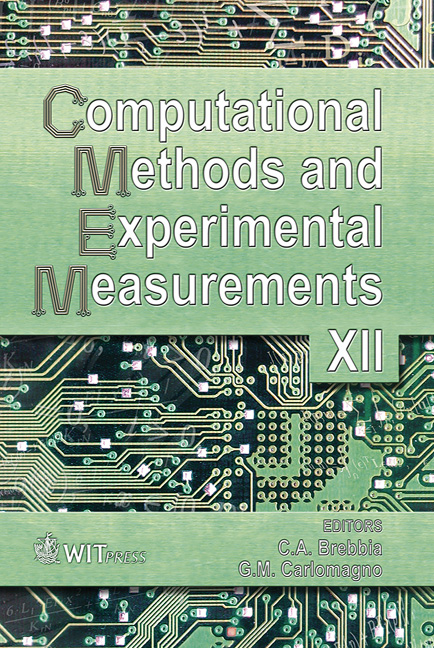A Simple Model For Prediction Of Creep Stress Redistribution For Butt-welded Joints
Price
Free (open access)
Transaction
Volume
41
Pages
8
Published
2005
Size
344 kb
Paper DOI
10.2495/CMEM050331
Copyright
WIT Press
Author(s)
K. Zarrabi
Abstract
The creep life of pressure components used in power and chemical processing plants is often determined by creep failure of butt-welded joints. Currently, there exists no simple yet quantifiable model for predicting the stress redistribution between the weld, heat affected zone and base material for the purpose of life assessment of butt-welded joints. This paper describes an analytical/numerical model and its verification for predicting the stress redistributions in a butt-welded joint. It is shown that: (1) the proposed model is simple but it predicts the maximum stress variation with time accurately, (2) stresses were redistributed from the softer material (e.g., the heat affected zone) to the harder material (e.g., the weld). Keywords: creep, butt-welded joints, life assessment. 1 Introduction Most pressure components in high temperature plants contain welded joints. These joints operate under conditions of elevated temperatures and sufficiently high stress such that creep damage and failure can occur. The design of these joints must therefore take into account the risk of creep rupture. In general, existing standard codes specify allowable stresses for welded joints on the basis of creep properties of base material (BM). For example, the ASME Code Case N-47 [1] recommends the BM allowable stress is reduced by a factor to obtain the weld allowable stress. This approach was a significant progress in the design methodology of welded joints operating within creep range. Operating experience, however, indicates that whilst the performance of high temperature components, in general, exceeds the intended design, failures of welded joints
Keywords
creep, butt-welded joints, life assessment.





